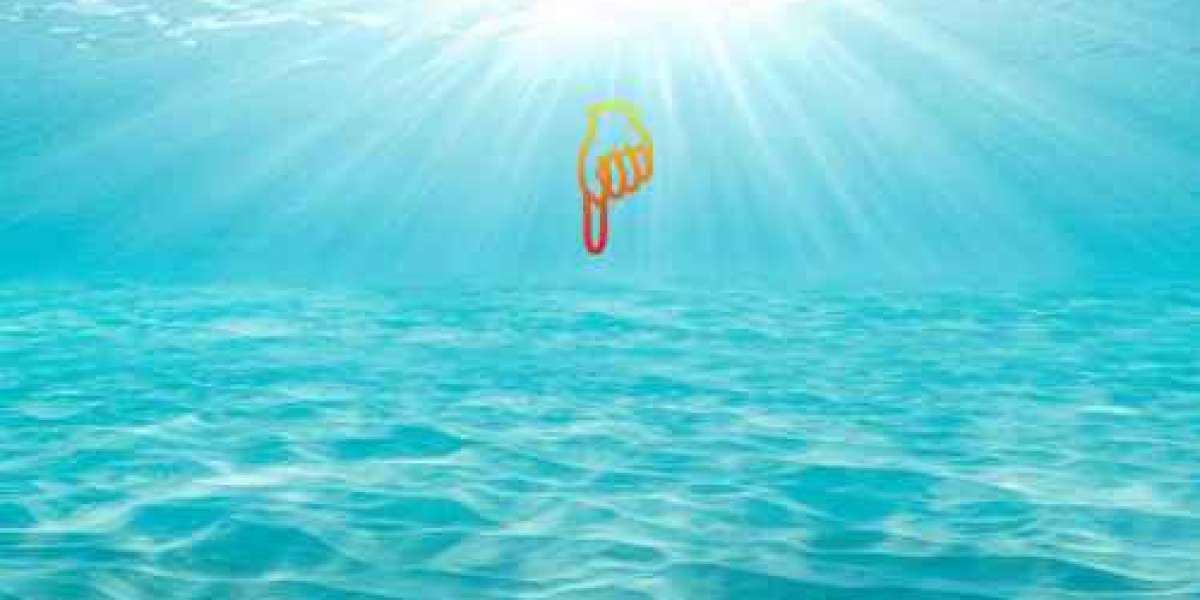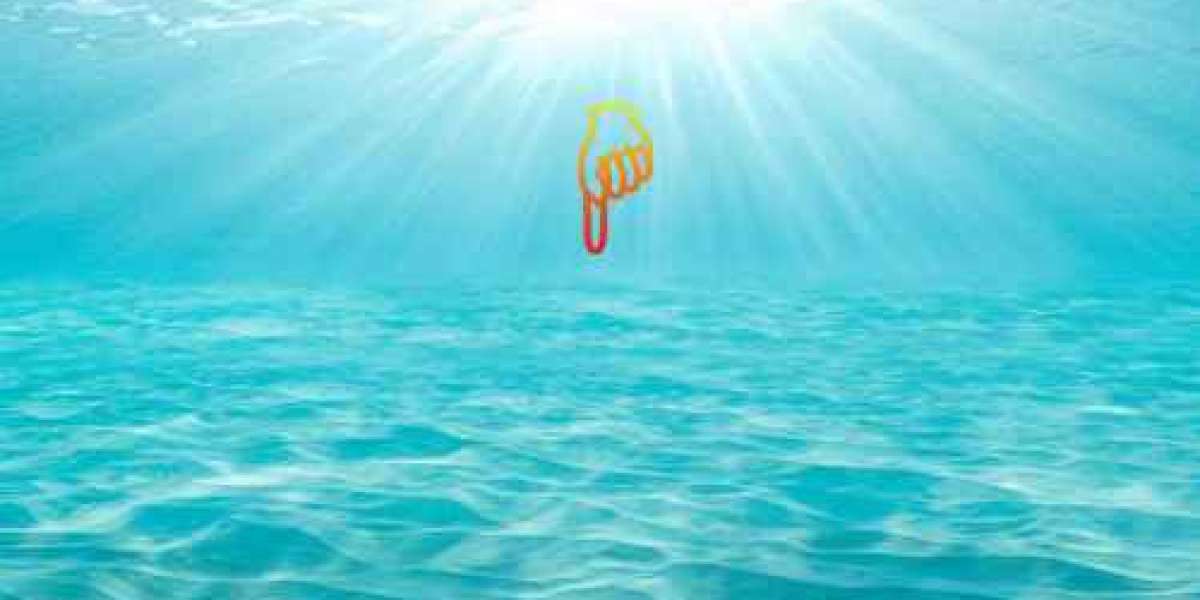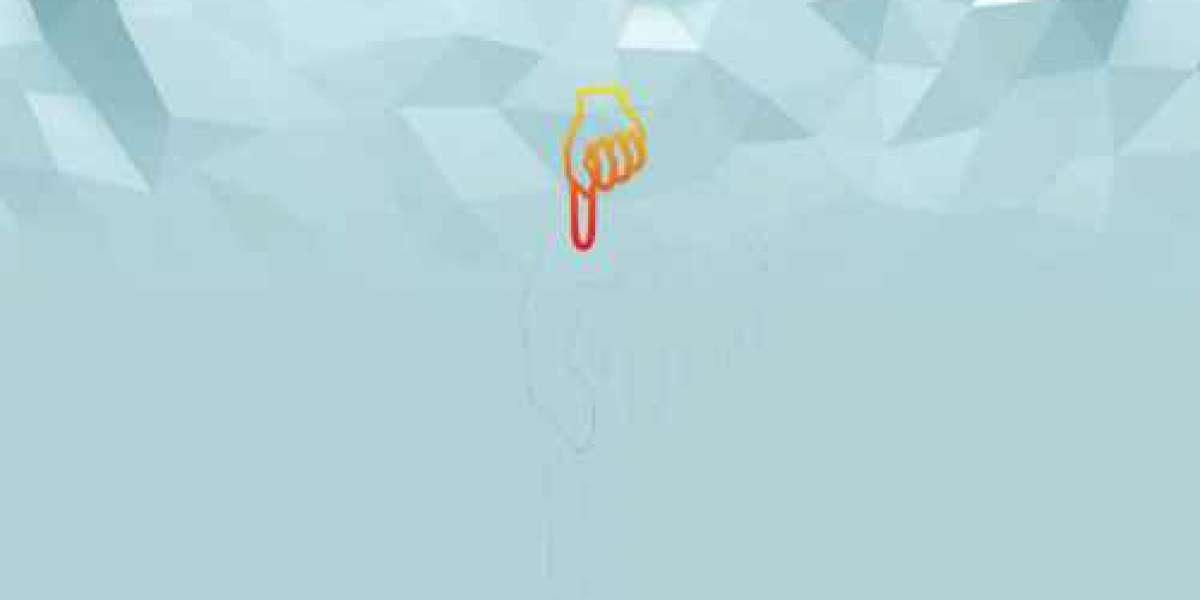کشف کردن نوشته هامحتوای جذاب و دیدگاه های متنوع را در صفحه کشف ما کاوش کنید. ایده های تازه را کشف کنید و در گفتگوهای معنادار شرکت کنید
Лечение псориаза рыбками алушта | #Лечение # псориаза # рыбками # алушта
Индийская медицина лечение псориаза | #Индийская # медицина # лечение # псориаза
Birds
Within the past few years, interest in all aspects of our environment has increased in proportion to the damage we are doing to it. Birds form not only an attractive but an essential part of the environment. Yet the protection afforded to them is patchy, at best. Taking Europe as an example and France in particular, there is a custom in that country to shoot as many as possible of the small song-birds as they return north from their migration to Africa. They are considered a delicacy.
Of course the shooting of birds in Britain for sport as well as for food has been a tradition for centuries, but the shooting is restricted to game birds, grouse, pheasants, partridges and wild duck. Except for the wild duck, these species are hand-reared and fed by gamekeepers, the numbers shot are limited, and the shooting-season, which begins on 12th August, ends well before the breeding season begins. Thus, the game species are well preserved.
For many years steps have been taken to maintain, if not increase numbers of all types of birds. The Royal Society for the Protection of Birds keeps a careful watch on preservation, and has instigated laws against the theft of eggs, which are rigorously implemented. Many sanctuaries for water-birds as well as songbirds have been established up and down the length of Britain. The public in general has been educated to place a high value on the bird-life of their country.
Yet for reasons other than shooting and theft, various species seem to dwindle away to the point of extinction, causing widespread concern. For many decades, habitats have been systematically destroyed by the clearance of woods and hedges to provide the large fields needed for modern agriculture. Secondly, certain chemicals used to keep crops free from pests also destroyed the food on which many birds survived. Today, the problem is realized, and attention is given both to habitat and food, with the result that many species have been saved. Some chemicals, which also poisoned the birds themselves, have been banned. Wide strips between fields are left in their natural state to provide cover and nesting facilities. Many woods and coppices have been replanted with the traditional varieties of trees instead of the cash-crop conifers. Sea and marsh birds have been encouraged to return by exerting some control over land reclamation. In many countries, the protection of birds is being given a high priority.
Birds are appreciated for their beauty and their song. However, neither faculty exists merely to please the human race. The colored plumage of many male birds has the function of impressing females prior to the mating season. Birdsong may have the same purpose at that time, though some of it seems to be simply the expression of joie de vivre and perhaps a means of staking out territory. The writer visited Belsen concentration camp shortly after its liberation. There was an eerie silence about the place. During and for some time after the holocaust, no bird came near the camp. So there may indeed be an emotional as well as a practical aspect to birdsong. Another practical function is to warn against predators and if possible scare them off.
Birds play an essential part in the cycle of nature. They may and do raid crops, but they also eat grubs and insects which do far more damage. They also have a role as scavengers; that work is completed by the insects, which in turn fall prey to the birds.
A few species, the ratital, have become flightless through natural selection. These are the emu, the ostrich, the rhea, the kiwi and the cassowary. The vast majority, the carinatal, are wonderfully adapted to flight, some being capable of spending most of their two to three-year lifespan on the wing. The muscular power of their wings relative to body-weight, and the aerodynamic efficiency of their wingspans and feather distribution, developed over millions of years, is one of nature's marvels. That is why the loss of so many land-birds through insensitive agricultural development, and of sea-birds through oil-spills, is such a tragedy.
Another class of birds under threat and forming an essential part of the natural cycle is the predator; owls, hawks, eagles etc. These control small rodent pests and act as scavengers. Some also provide the sport of falconry, being to some extent amenable to human control.
Perhaps the most wonderful feature of the bird is its ability to navigate so accurately in migrating. Its high body temperature and stamina can be built up to sustain amazingly long journeys, but the way in which the Arctic tern, for example, can fly direct from pole to pole, selecting just one small island stop en route, is not fully understood. Theories are manifold, but since fledglings with no experience perform this miracle, much still remains to be learnt.
describe on eye-witness account of an accident.
It was a very cold morning as it had been raining very heavily the previous night. As my mother was feeling a little under the weather, my sister volunteered to drive me to school. I had overslept and as a result, was running a bit late for school. We got into the car hurriedly. The road was already congested with traffic. It appeared that everyone was late as well.
My sister was a careful driver and despite the fact I was already late, she refused to drive fast on the slippery road. I was lucky she was such a resolute and careful person because a few hundred meters away from the school, we witnessed a tragic accident. it all happened very quickly, as most accidents do. A car full of school children had made a left turning without signaling and as a result a school bus crashed into it. A few cars behind the school bus rammed into the bus as they could not brake in time and soon it became a pile up. The already congested road became jammed with vehicles that came to a crawl. I told my sister that I wanted to help the victims and she nodded silently. She brought the car to a halt not too far from the accident spot.
The scene that greeted us was something I would never forget. It left an indelible imprint in my mind to date. The impact of the accident had plunged three school children out of the car. The driver, a lady, lay lifeless on the steering wheel. I rushed to the children who were preschoolers. Two of them were seriously hurt and bleeding profusely from the head and hands. they were conscious although too weak to realize what had happened. One of them had her left hand severed and appeared unconscious. I think she was killed on the spot. In the meantime passers-by had called the ambulance and while waiting we tried as best as possible to help the victims.
The passengers in the school bus too were injured. I dashed into the bus and saw the driver laid slumped on the wheels. He had severe injuries on the head. While my sister helped him down from the bus, I told the injured school children to stay calm. Most of them appeared to suffer from minor cuts and bruises on their arms and bodies. it was really fortunate that nobody was badly hurt. By then a few adults had entered the bus and together we instructed the children to come out of the bus slowly. The children were crying and screaming for their parents and we had to hug them to keep them quiet.
Meanwhile, two ambulances had arrived. A traffic police car was there too. Two policemen were taking down statements from eye-witnesses. The injured and the dead were whisked away to the hospital. My sister and I later gave an account to the police of what had happened.
I was late for school. In fact, many drives were also late for their work. I informed my teacher of the accident and both felt that it could have been prevented if the drivers had been more careful. Innocent lives would not have been lost otherwise.










